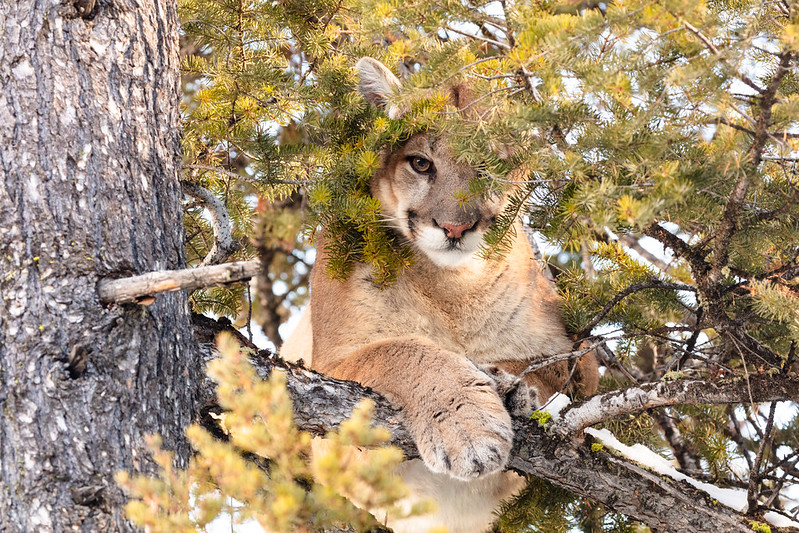Effects of wolf and grizzly bear recovery on cougars in the Southern Greater Yellowstone Ecosystem
Abstract
Within the large carnivore guild, competitively dominant species can limit the population sizes and alter the behavior of subordinate competitors. However, the mechanisms by which dominant competitors affect subordinates are complex and challenging to disentangle, particularly for free ranging large mammals. For my dissertation, I took advantage of a natural experiment and sixteen years of location data from a subordinate carnivore (cougars), two dominant competitors (wolves and grizzly bears), and a shared prey species (elk), as well as kill site data from cougars in the Southern Greater Yellowstone Ecosystem (SGYE), a multi-use landscape with numerous anthropogenic impacts. My dissertation was an investigation of three mechanisms, both direct and indirect, by which competition from recovering wolves and grizzly bears affected subordinate cougars in a system where human impacts also play strong roles in shaping dynamics. Specifically, I evaluated 1) whether cougar habitat selection changed as wolf and grizzly bear populations recovered and whether these changes could be attributed to cougars actively avoiding dominant competitors; 2) how cougar access to the habitat of its primary prey species was affected by wolf and grizzly bear recovery; and 3) how kleptoparasitism from recovering wolves and grizzly bears – as well as black bears –may have affected the SGYE cougar population.
Featured photo by Yellowstone National Park on Flickr (https://flic.kr/p/2n3TNx8).

